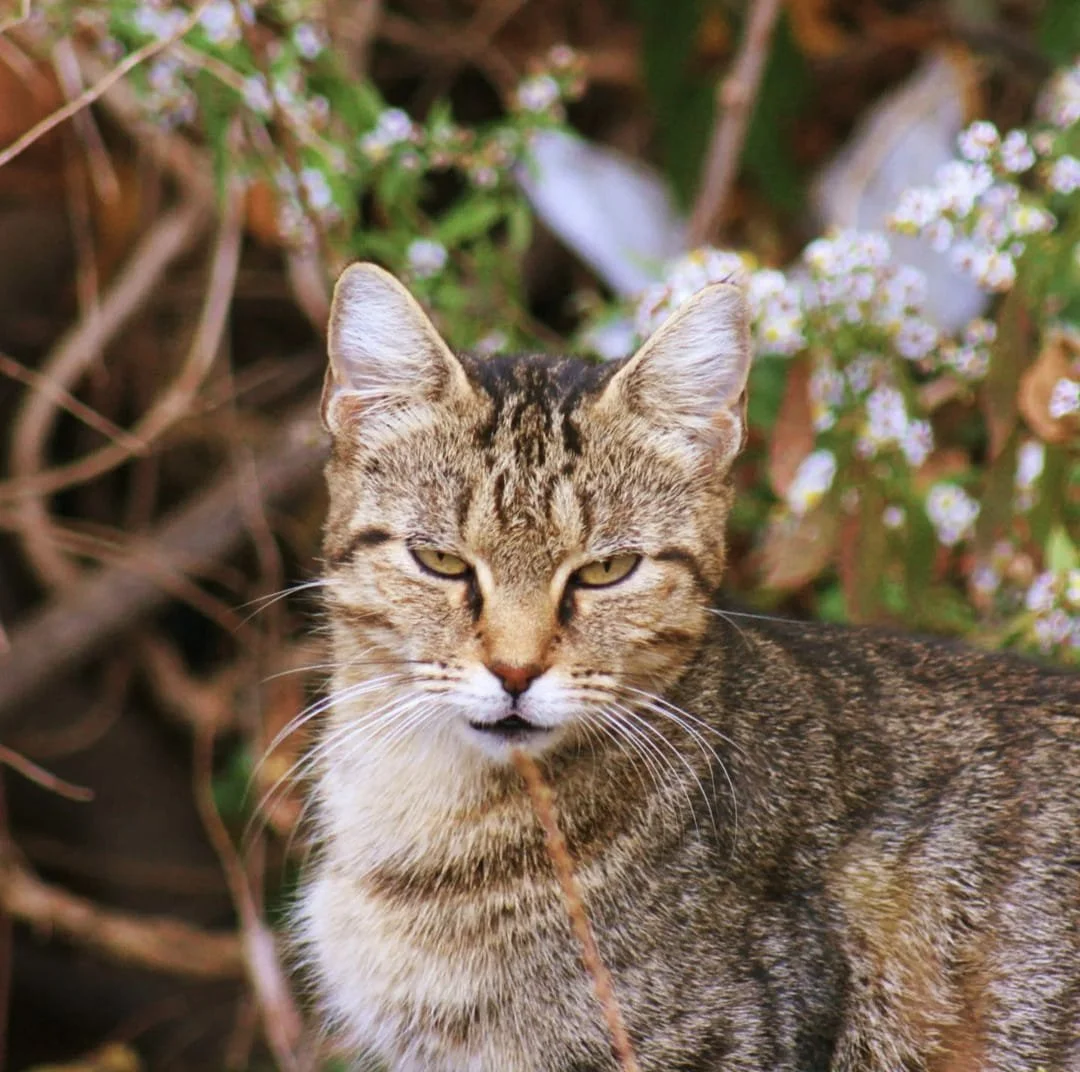Our History
The University of Southern Indiana (USI) has been home to a population of feral cats since before the 1990s. Where there is space and resources, feral cats will often establish themselves. Over the years, many students have expressed concern about the growing number of cats on campus and sought solutions to manage the population. In 2015, a student proposed implementing a Trap-Neuter-Return (TNR) program, which would humanely control the feral cat population. However, the proposal was rejected, and efforts to establish TNR stalled due to lack of funding and support. At the time, the University administration was uncertain that TNR was the best approach. Instead, they set up box traps to catch the feral cats and send them to animal control. On one occasion, 29 cats were trapped in a single night. While it was believed that some of these cats were adopted out, the transition from feral to domestic life would have been challenging, making the adoption of these cats less likely and euthanasia more likely. Even though University administration did not believe that TNR was the best approach, the Vanderburgh Humane Society, as well as ASPCA, uses and endorses the TNR program as a way to reduce the number of feral cats.
By 2015, the University had been trapping and surrendering feral cats for over 15 years, but without a formal, long-term plan to manage the population. This lack of a coordinated effort contributed to the continued presence of feral cats on campus, with no clear path toward a sustainable solution.
After volunteering at the Vanderburgh Humane Society (VHS) for three years, student Payton Broshears witnessed firsthand the overwhelming number of cats and kittens in local shelters. This experience motivated her to advocate for a TNR program at USI. In 2021, Broshears teamed up with USI administrator, Sarah Stevens, and longtime supporter of the USI cat community, Laurie Robinson, to form the USI Campus Cats organization. Initially, Broshears used her personal funds and rented humane traps from VHS to begin TNR efforts on campus. She successfully neutered and returned five cats before encountering resistance from campus staff, which prompted her to take the issue to the University administration.
After discussing her plans with the Dean of Students, Broshears was granted permission to continue the TNR program. She was also given the support of Facilities Operations and Planning to ensure her efforts would not be hindered. With official approval, Broshears and Stevens officially launched the USI Campus Cats group, solidifying a more sustainable and coordinated approach to managing the feral cat population on campus. When Broshears began the program in 2021, she estimated there to be at least 25 feral cats on campus. By the end of 2024, these numbers decreased to 12 due to the three years of TNR efforts. The group also trapped, fostered, and adopted out over 15 kittens that were born prior to females being spayed, so those kittens did not grow up on campus and contribute to the feral cat population.
February 6, 2025 - Read about USI Campus Cats in The Shield - USI Student Newspaper Link
CiCi loved sun baths, wet food, Romeo (a former Campus Cat who became friendly enough to be adopted into a home) and keeping volunteers on their toes. CiCi was the best mama and kind of a floozy.
She will forever hold the title of Smartest and Slyest Cat that we have ever met. Volunteers were never able to successfully trap CiCi to have her spayed. For three years, volunteers were able to catch, tame, and adopt out kittens from five of her litters, plus TNR others. Zoe, one of her many offspring lives with one of our volunteers. Some of her babies, Nox and Loki, live on campus.
CiCi was brave and so sassy. Sadly she was hit by a car in spring 2024 and did not survive. Campus has not been the same without her.
